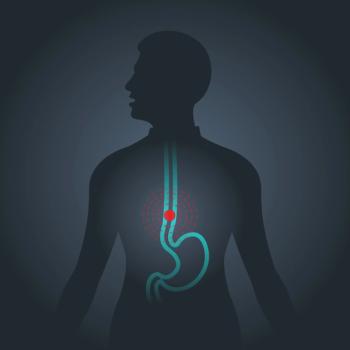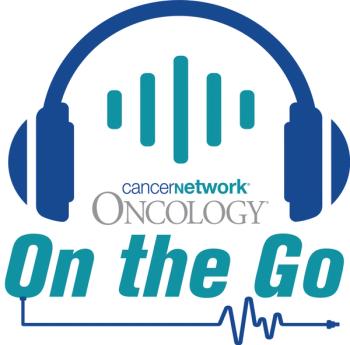
Oncology NEWS International
- Oncology NEWS International Vol 9 No 9
- Volume 9
- Issue 9
Tobacco Boosts In-Store Advertising
WASHINGTON-Tobacco companies, which were banned from touting their products on billboards last year, have increased their advertising at point-of-sale locations, such as convenience stores, according to a new study funded by the Robert Wood Johnson Foundation.
WASHINGTONTobacco companies, which were banned from touting their products on billboards last year, have increased their advertising at point-of-sale locations, such as convenience stores, according to a new study funded by the Robert Wood Johnson Foundation.
In-store advertising was present in 80% of the stores visited, an increase of 27% over the display ads present prior to the billboard ban. Exterior advertising was observed at 60% of the stores, an increase of 22%. Tobacco promotions were available at 52% of stores visited after the ban, an increase of 65%.
The shift in advertising expenditure is likely to mean that any intended effect of the billboard advertising banas well as other advertising restrictionswill not be fully realized, said lead researcher Frank Chaloupka, PhD, of the University of Illinois at Chicago.
Articles in this issue
about 25 years ago
Soy’s Effect on Breast Cancer Remains Uncertainabout 25 years ago
STAR Enrollment Tops 6,000 in First Year of Recruitmentabout 25 years ago
New rhTPO Being Tested in Three Trialsabout 25 years ago
New Research Centers Target How Market Forces Affect Health Careabout 25 years ago
Aromatase Inhibitors Actively Studied in Hormone-Dependent Breast Cancerabout 25 years ago
PRIMATOM System Combines CT Scanning With Radiation TherapyNewsletter
Stay up to date on recent advances in the multidisciplinary approach to cancer.




















































































